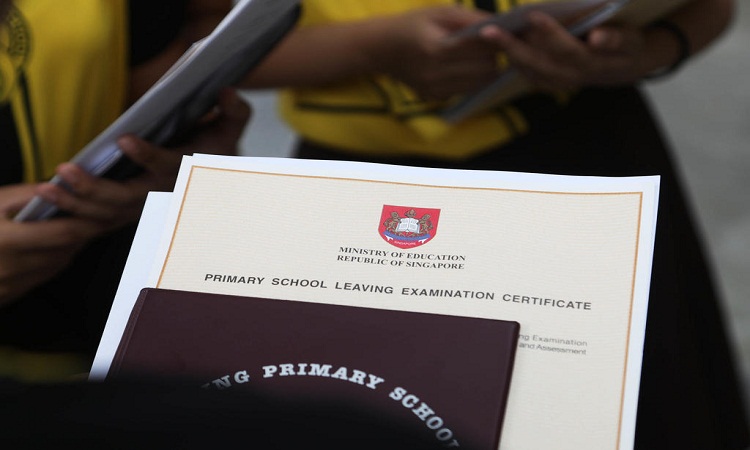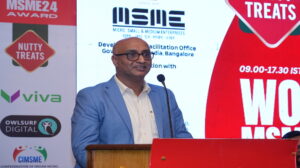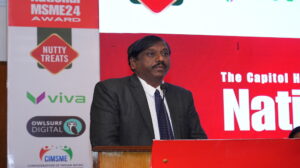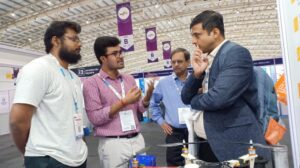Parliament in brief: 5 things you should know

SINGAPORE — Members of Parliament (MPs) raised questions on a wide range of topics on Tuesday (Feb 12), including steps that authorities are taking to mitigate rising temperatures here, the cause of a power failure in January and the effects of removing streaming for primary school students.
Here are some snippets from the Parliament sitting:
1. Using the environment and new technology to stay cool as it gets hotter
The Government is cognisant of the need to plan for and mitigate rising temperatures, which is caused by a combination of climate change and the Urban Heat Island (UHI) effect from urbanisation, said Environment and Water Resources Minister Masagos Zulkifli.
Mr Masagos was responding to a question from Nominated Member of Parliament (NMP) Mohamed Irshad on what steps the authorities are taking to “cool our island”.
The measures are:
Adopting the urban environmental model to design and orient Housing and Development Board flats to maximise wind flow and shade in estates.
Incorporating green open spaces into urban landscape and distributed greenery to cool the environment through shade and evapotranspiration.
Encouraging the use of coatings and building materials to limit the absorption and retention of solar radiation.
Continued investment in research and development is also ongoing to better understand the effects of rising temperatures in Singapore.
Mr Masagos said a key contributor to the UHI effect is heat generated by human activities requiring energy consumption. To that end, the ministry has amended and introduced policies to mitigate these effects.
With the amendment of the Energy Conservation Act in 2017, Singapore was able to put into force a carbon tax earlier this year and this sends “an important price signal to incentivise emissions reductions”, noted Mr Masagos.
The Mandatory Energy Labelling Scheme (MELS) and Minimum Energy Performance Standards (MEPS) were also introduced in 2008 and 2011 respectively. These helped to improve the energy efficiency of energy intensive appliances such as air-conditioners and refrigerators, which in turn allowed households to reduce their energy consumption and save on costs.
The Government has also been pushing for more environmentally sustainable buildings by encouraging the adoption of energy-efficient design and solutions in the building sector, he added.
2. Cardiovascular diseases, cancer and pneumonia were top three causes of death among the elderly
These were the top three causes of death from 2013 to 2017 among Singapore residents aged 65 and above, said Health Minister Gan Kim Yong in response to a question from Dr Intan Azura Mokhtar, Member of Parliament (MP) for Ang Mo Kio Group Representation Constituency.
Dr Intan also asked how many elderly people die annually because of pneumonia or pneumonia-related complications.
Mr Gan said that during this period, between 3000 and 3750 elderly persons died from pneumonia each year.
“This made up about 25 per cent of the total deaths among elderly persons,” he added.
3. Faulty voltage transformer to blame for Jan 26 power failure
The mid-afternoon power failure on Jan 26 which affected around 27,000 residents in parts of Ang Mo Kio, Bishan, Sin Ming, Toa Payoh and Thomson, was caused by an equipment fault that started a fire at a substation in Bright Hill, said Senior Minister of State for Trade and Industry Koh Poh Koon.
Preliminary investigations by the Energy Market Authority (EMA) found the equipment fault was likely caused by a faulty voltage transformer – the first such power failure in the past five years.
“Immediately after the fire was detected, electrical protective devices were automatically activated to isolate the fault so that the downstream equipment would not be damaged,” said Dr Koh.
This resulted in the power disruption at around 1.30pm and power supply was subsequently restored by SP Power Grid (SPPG) to 80 per cent of affected consumers within 30 minutes. The remaining 20 per cent had their power supply restored within 90 minutes, he said.
Dr Koh said the national grid operator has since adopted a higher frequency of condition monitoring for voltage transformers and will prioritise their replacement in future rounds of substation maintenance.
Apart from setting up an internal investigation committee to look into the incident, SPPG has engaged experts of the Original Equipment Manufacturer to review if the failure was due to design, manufacturing or material defects.
An independent expert, Japan’s CHUBU Electric, will review the findings and recommendations of the equipment manufacturer, said Dr Koh.
4. NParks undertook three broad actions to promote safe use of park connectors
NMP Dennis Tan wanted to know what actions had been taken over the past year to “promote the safe use of park connectors” by pedestrians, cyclists and personal mobility device (PMD) users.
Minister for National Development Lawrence Wong said NParks undertook three broad actions:
It implemented safety measures such as installing additional lighting, speed regulatory strips and advisory signs at high usage parks and park connectors.
NParks conducted outreach programmes to raise awareness on “park connector etiquette”, including the need for users to keep left and give way to others.
NParks and the Land Transport Authority conducted 56 joint enforcement exercises in 2018 at popular parks and park connectors against errant PMD users, including those who went above the speed limit or rode recklessly.
5. Concerns about stigmatisation and labelling diminished after removal of EM3 stream
Nee Soon GRC MP Louis Ng Kok Kwang had asked what the effects of removing the EM3 stream in primary schools were on students, teachers and parents.
Since the Ministry of Education replaced streaming with Subject-Based Banding in primary schools in 2008, teachers reported that students were more engaged, said Education Minister Ong Ye Kung.
The teachers were also able to better pace their lessons to suit a student’s learning needs.
Mr Ong added that this enabled a child to “focus on and stretch his potential” in subjects that he was strong in, while building up the fundamentals in weaker subjects.
The majority of primary school students take up all Standard Subjects, or a combination of Standard and Foundation Subjects, he added.
As a form class will now have students of several subject combinations, there is the additional benefit of providing more opportunities for interaction between these groups of students.
“Concerns about labelling and stigmatisation has diminished,” he said.






